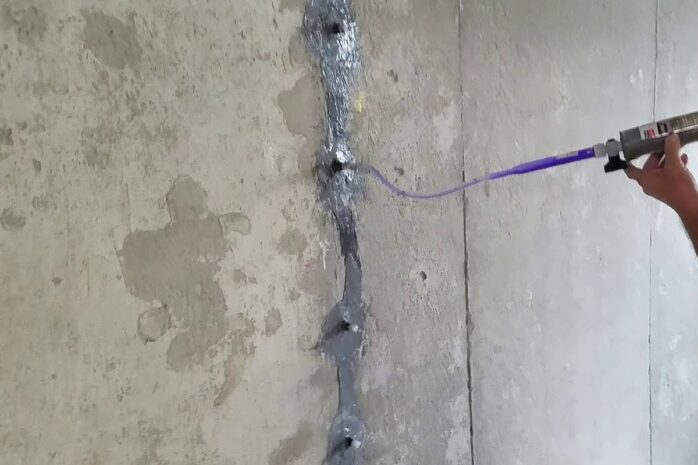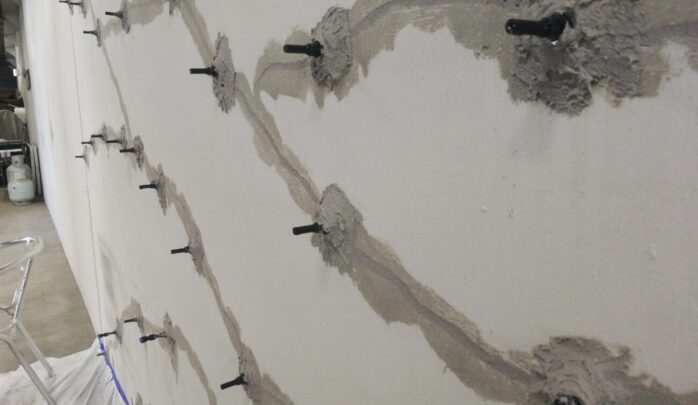Foundation crack injection is a key solution for addressing leaks and ensuring the integrity of homes. Cracks in the foundation allow water to seep in, leading to structural problems and damp interiors. Injection methods seal these vulnerabilities, helping to maintain the stability of buildings while keeping moisture out.
Key Points:
- Foundation crack injection seals cracks, preventing water seepage.
- It restores structural integrity by reinforcing weak points.
- Injection uses specialized materials like epoxy or polyurethane.
- It is cost-effective compared to extensive repairs.
- Proper injection helps prevent future issues caused by water damage.
How Does Crack Injection Fix Basement Leaks?

Crack injection focuses on sealing cracks in walls and floors to prevent water infiltration. Specialists use materials like epoxy or polyurethane to fill the gaps. These substances penetrate deep into the cracks, ensuring a complete seal. The process also reinforces the structural integrity of the damaged area.
If your property shows signs of water damage, you might need professional basement wall crack repair to address hidden leaks and protect your home’s structural stability.
Why Choose Crack Injection for Repairs?
1. Long-lasting Results
Crack injection creates a durable seal. Epoxy bonds cracks with strength comparable to concrete. Polyurethane expands to fill gaps, forming a watertight barrier. Both materials protect against further damage.
2. Cost Efficiency
Replacing damaged sections of a foundation costs more than sealing cracks. Injection offers a quick, affordable option for waterproofing without heavy construction.
3. Versatility
Crack injection works for various structures. It repairs poured concrete walls, ceilings, and even floors. The adaptability of the method makes it ideal for many properties.
Materials Used in Crack Injection: Epoxy vs. Polyurethane
| Material | Best For | Key Features |
| Epoxy | Structural repairs | Bonds cracks with high strength |
| Polyurethane | Waterproofing and crack filling | Expands to fill gaps and create watertight seals |
Problems Requiring Crack Injection: Common Signs

- Visible cracks in walls or floors.
- Water stains or damp areas near the basement.
- Mold or mildew growth due to moisture.
- Uneven floors caused by settling foundation.
- Doors or windows that stick or do not align.
Steps in Foundation Crack Injection
- Inspection and Preparation – Professionals inspect the foundation to assess damage and locate cracks. Surfaces are cleaned to ensure proper adhesion.
- Injection Ports Installation – Small holes are drilled along the crack, and ports are placed to allow precise material application.
- Sealing and Injection – The crack surface is sealed with a temporary adhesive. The chosen material, either epoxy or polyurethane, is injected to fill the crack completely.
- Finishing Touches – Once the material sets, ports are removed, and the surface is smoothed.
Benefits of Crack Injection for Waterproofing

- Prevents water infiltration, keeping interiors dry.
- Avoids costly repairs caused by long-term water damage.
- Protects against mold and mildew.
- Maintains structural integrity and property value.
- Offers a quick and non-invasive repair method.
Conclusion
Foundation crack injection is a reliable method to address cracks and prevent water infiltration. It offers an effective solution for maintaining the integrity of homes while protecting against costly water damage. Whether it’s a small leak or a visible crack, addressing problems early ensures safety and long-term stability for your property.




